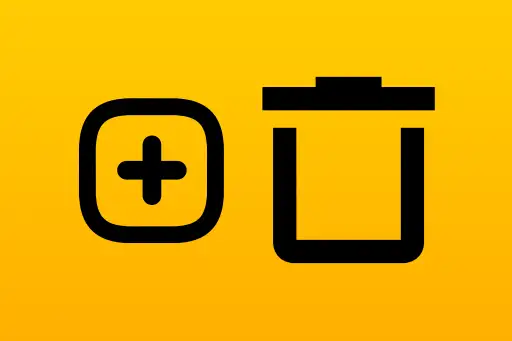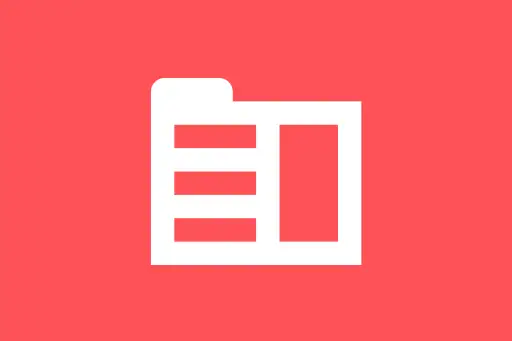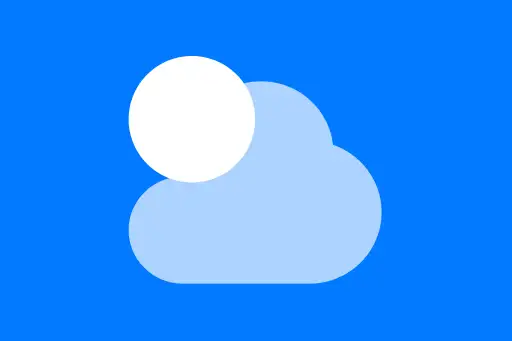Project 3: Inventory System (Console-based App)
Project 3: Inventory System (Console-based App)
This mini-project demonstrates how to build a basic Inventory Management System using MongoDB via the shell. You'll simulate real-life inventory operations such as adding products, updating stock, viewing details, and querying products based on conditions.
Project Overview
- Add new items to inventory
- View all items
- Search by category or price
- Update item stock
- Remove items from inventory
Real-life scenario: Think of a small electronics store tracking its items. Each product has a name, category, price, quantity, and brand.
Step 1: Create the Database and Collection
use inventoryDB
db.createCollection("products") { "ok" : 1 }
We now have a database called inventoryDB and a collection called products.
Step 2: Insert Products into Inventory
db.products.insertMany([
{
name: "Wireless Mouse",
category: "Accessories",
brand: "Logitech",
price: 1200,
quantity: 50
},
{
name: "USB-C Charger",
category: "Chargers",
brand: "Anker",
price: 1500,
quantity: 30
},
{
name: "Gaming Keyboard",
category: "Accessories",
brand: "Corsair",
price: 3500,
quantity: 20
}
]) {
acknowledged: true,
insertedIds: { "0": ObjectId("..."), "1": ObjectId("..."), "2": ObjectId("...") }
}
We’ve now added 3 products with relevant details to our inventory.
Step 3: View All Inventory Items
db.products.find().pretty() {
"_id" : ObjectId("..."),
"name" : "Wireless Mouse",
"category" : "Accessories",
"brand" : "Logitech",
"price" : 1200,
"quantity" : 50
}
...
Question: How can you filter products that are priced below ₹2000?
Answer: You can use the $lt (less than) operator in your query.
db.products.find({ price: { $lt: 2000 } }).pretty() {
"name": "Wireless Mouse",
"price": 1200,
...
},
{
"name": "USB-C Charger",
"price": 1500,
...
}
Step 4: Update Stock Quantity
Suppose 5 Gaming Keyboards were sold. Let’s reduce the quantity:
db.products.updateOne(
{ name: "Gaming Keyboard" },
{ $inc: { quantity: -5 } }
) { "acknowledged" : true, "matchedCount" : 1, "modifiedCount" : 1 }
Explanation: The $inc operator decreases the quantity by 5 units.
Step 5: Find All Products in a Category
db.products.find({ category: "Accessories" }).pretty()This helps you list all accessories in the store inventory.
Step 6: Delete an Item
If a product is discontinued or out of stock permanently, you can delete it:
db.products.deleteOne({ name: "USB-C Charger" }) { "acknowledged" : true, "deletedCount" : 1 }
Intuition Check: What if you mistakenly deleted an item?
Answer: Unless you have backups or logging, MongoDB won't undo deletes. That's why backups and careful deletion logic are important in production systems.
Wrap Up
You've now built a fully functional console-based inventory system using MongoDB shell. You've learned how to:
- Insert and structure product documents
- Query using filters and operators
- Update stock dynamically
- Delete items from inventory
This project is a great foundation to expand into a full web-based inventory app using Node.js, Express, and MongoDB.











Comments
Loading comments...